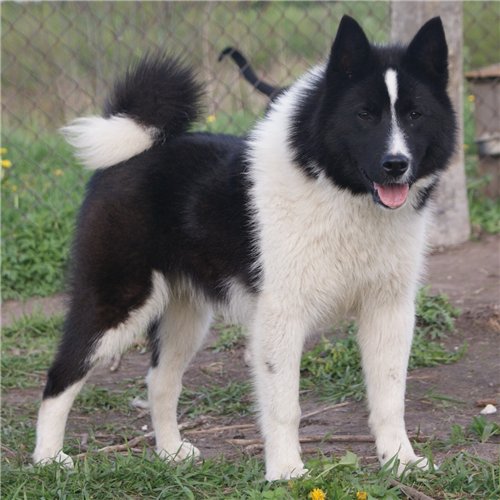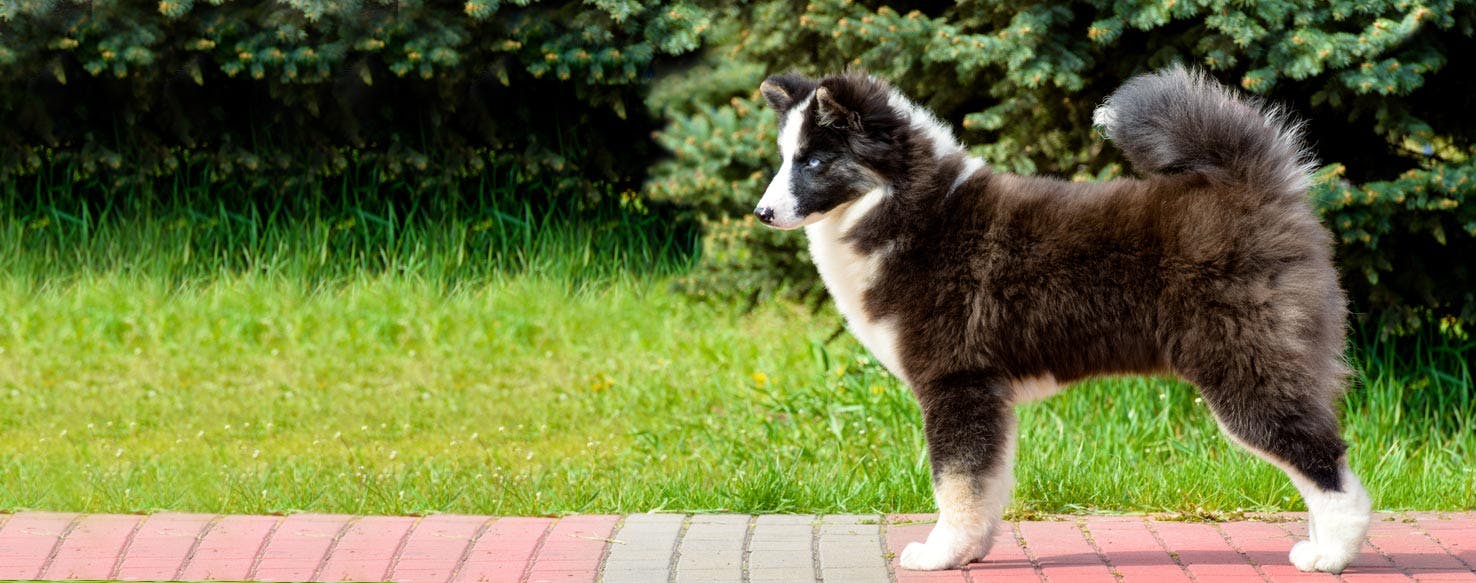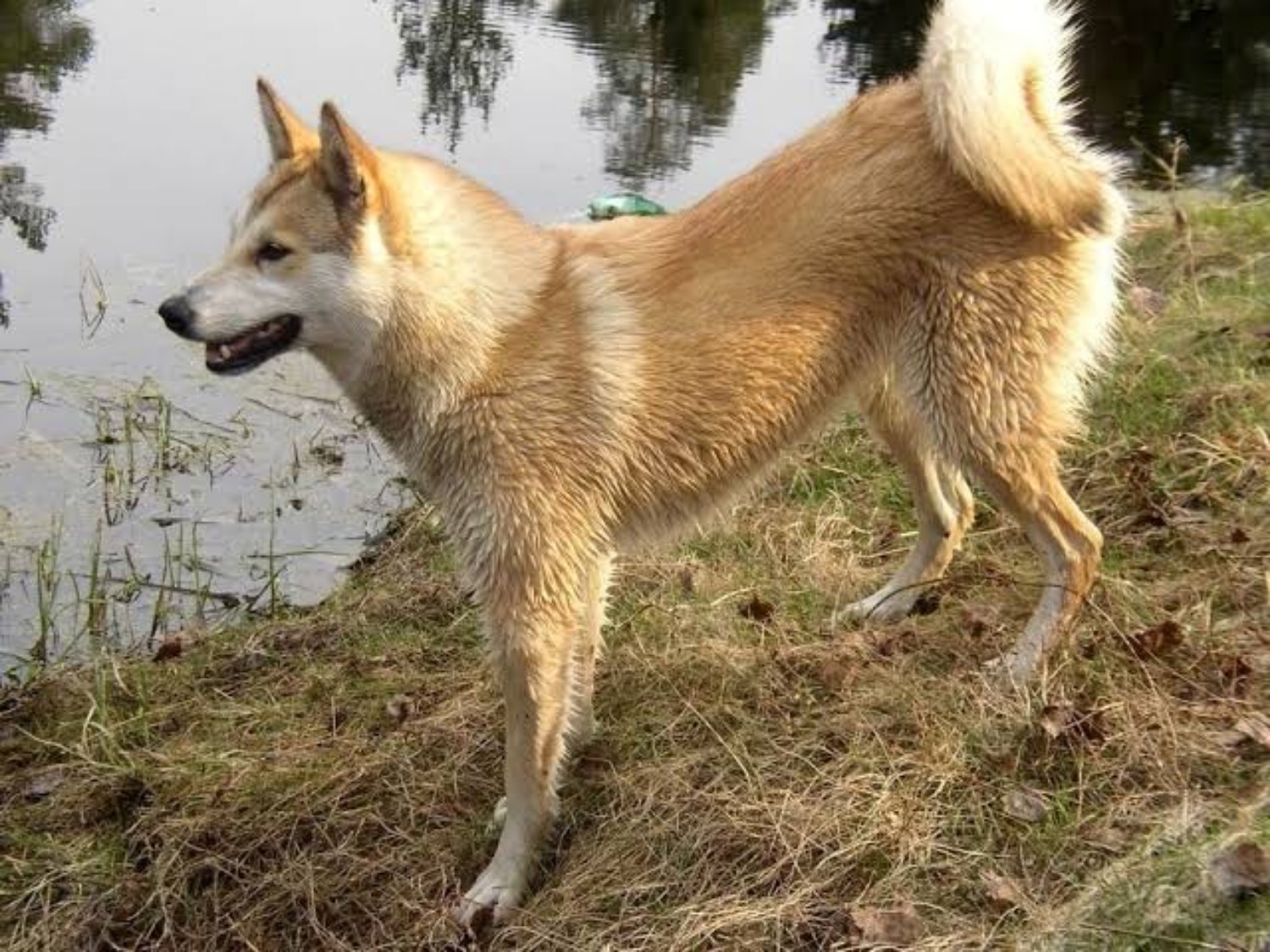
Dmitrieva-Sulima would go on to name 19 additional laika breeds, raising the grand total to 30: Kevrolian, Olonets, Kyrghyz, Yakut, Koryak, Orochon,Gilyak, Bashkir, Mongolian, Chukotka, Golds and Yukagir Laikas, Tomsk, Vilyui, Berezovo-Surgut, Kolyma, Pechora Laika, and the Polar Dog. She also admits that the even the term "northern" would also be not quite precise, because dogs of similar type also occurred in Africa, America and everywhere in Asia. Dmitrieva-Sulima considered the term "Northern Dog" to be the most appropriate name to apply to this numerous group of dogs. " Prince Shirinsky-Shikhmatov cataloged 13 breeds of laikas: Zyryan, Finno-Karelian, Vogul, Cheremis, Ostyak, Tungus, Votyak, Galician, Ostyak, Norvegian, Buryatian, Soyotian, Laplandian and Samoyed Laika. An avid bear hunter, Prince Shirinsky-Shikhmatov is described as "Being much interested in the natural sagacity and hunting capacity of the laïkas he procured some hundreds of specimens of different varieties and applied himself seriously to their study and breeding. Dmitrieva-Sulima's book, "The Laika and Hunting With It". Shirinsky-Shikhmatov's groundbreaking illustrated book, "Album of Northern Dogs (Laikas)" and M.G. Two of the first known published works on laikas were Prince A. The debate as to what dogs should be considered laika is as old as Russian cynology. Indeed the word laika is often used to refer not only to hunting dogs but also to the related sled dog breeds of the tundra belt, which the FCI classifies as "Nordic Sled Dogs" and even occasionally all spitz breeds. Thus, the Norwegian Elkhound is known in Russian literature as Norwegian Elk Laika ( норвежская лосиная лайка), and the Finnish Spitz as Finnish Bird Laika ( финская птичья лайка).

This includes not only the three or four breeds known as Laikas in English, but also other standard breeds that the FCI classifies together with them as "Nordic Hunting Dogs" (Group 5, Section 2 of the FCI classification). As the name of a dog variety, it is used not only in Russian cynological literature, but sometimes in other languages as well to refer to all varieties of hunting dogs traditionally kept by the peoples of the northern Russia and adjacent areas. These skills have glorified the Yakutian Laika as a versatile breed not only in Russia but also in many countries on different continents.The Russian word laika ( лайка) is a noun derived from the verb layat' ( лаять, to bark), and literally means barker. For many centuries, the Yakutian Laika accompanied the northern man in everyday life, helping him to hunt, vigilantly watch his home, herd reindeers and transport goods in the severe conditions of the Far North. The first Breed Standard for the North-East Sled Dog was adopted in 1958 and it formed the basis for the Yakutian Laika Breed Standard published in 2005 by the Russian Kynological Federation. Petersburg, 1856): “There are 15157 dogs in the Yakut region used for sled work”. The first mention of the Yakutian Laika’s total number found in the book “Statistical tables of the Russian Empire” (St. The first description of the Yakutian Laika appeared in the book “Geography of the Russian Empire” (Derpt, 1843), which announced it to be a “dog of a special breed”. The first published account of the Yakutian dogs was entitled “How Yakutians travel in winter” which was included in the book “Northern and Eastern Tartary” by Nicholas Witsen (Amsterdam, 1692). The very first references about dogs in this region date back to 1633. Certain archaeological discoveries confirm that the local people used dogs for sledding and hunting as far back as 8000 years ago.


The Yakutian Laika is an ancient native dog breed which was naturally bred by aboriginal people of the North East of Russia as a sled dog and a hunting dog.


 0 kommentar(er)
0 kommentar(er)
